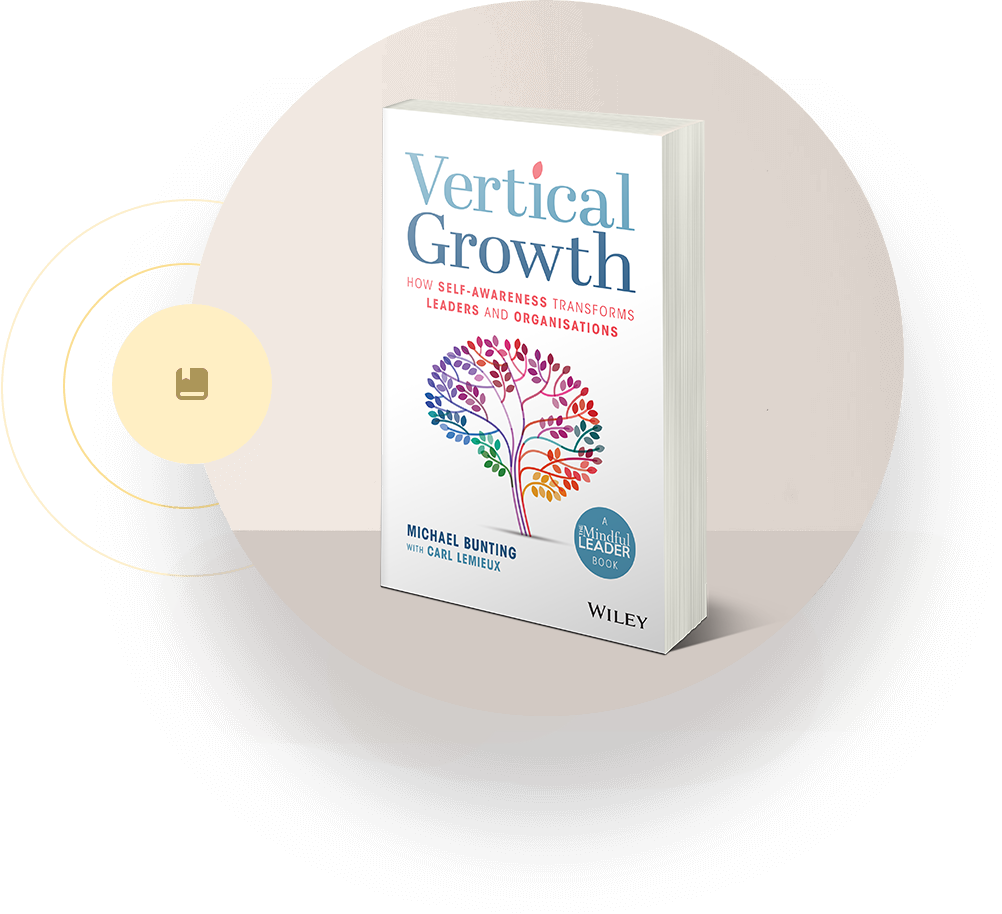Mindfulness has been promoted in leadership circles for years. From corporate wellness programs to coaching workshops, it’s been positioned as the answer to stress, resilience, and even performance. Yet many leaders now flinch at the very word. They’ve seen it commoditised, stripped of depth, and sold as a quick fix with little connection to the realities of leadership under pressure.
This resistance is understandable. Too often, mindfulness has been stripped of depth, reduced to slogans, or sold as a one-size-fits-all solution. Leaders under pressure for results don’t want platitudes about calm. They want practices that hold up in the heat of real decisions.
But dismissing mindfulness altogether would be a grave mistake. At its core, it remains one of the most powerful disciplines a leader can develop. The challenge for coaches is to reclaim it – not as a trendy add-on, but as a practical foundation for regulated, effective leadership.
Why Mindfulness Feels Hollow to Many Leaders
Ask most senior leaders what comes to mind when they hear the word mindfulness, and you’ll often get a weary look. Why? They’ve sat through too many generic workshops or seen wellbeing programs packaged like the latest fitness craze. Instead of feeling practical, mindfulness has come to feel commercial.
The problem isn’t that leaders reject the idea of presence or focus. It’s that the way mindfulness is usually introduced feels far removed from the realities they face. When deadlines are looming and performance is on the line, advice about breathing exercises or “switching off” can land as irrelevant. It doesn’t speak to the tension of making high-stakes decisions or leading people through uncertainty.
The result is predictable. Leaders become sceptical. They resist conversations about mindfulness because it feels like a distraction from results. At best, they treat it as a personal wellness option: a “nice to have”, but separate from the serious business of leading. At worst, they disengage entirely, writing it off as shallow or indulgent.
This gap between presentation and practice is what gives mindfulness its hollow reputation. And it’s exactly where coaching has the opportunity to do better.
The Real Value of Mindfulness in Leadership
Mindfulness in leadership isn’t about sitting cross-legged or chasing calm. At its core, it’s the discipline of attention. It’s the ability to notice what’s happening – in your body, your emotions, and the room around you – before choosing how to respond. That’s why it matters in leadership: it sharpens presence under pressure.
In practice, mindfulness equips leaders to:
- Pause before reacting so decisions reflect intention, not impulse.
- Hold ambiguity without losing focus, even when outcomes are uncertain.
- Stay anchored in values when stress or conflict threatens to pull them off course.
These aren’t abstract skills. They’re what allow a leader to hold the room during a tense client conversation, or to steer a team through uncertainty without fuelling panic. Mindfulness, when taught as discipline rather than relaxation, creates the foundation for clarity and steadiness.
Far from being “soft,” mindfulness is strategic infrastructure. It shapes the way leaders engage with complexity, handle conflict, and sustain performance without burning out. For coaches, this is the deeper value to bring into practice: not mindfulness as wellbeing, but mindfulness as the operating system for effective, values-driven leadership.
What Coaches Need to Do Differently
As a leadership coach, your role isn’t to hand leaders another mindfulness exercise. It’s to help them weave mindfulness into the way they actually lead. That means moving beyond trendy techniques and embedding attention, presence, and regulation into the conversations that matter most.
Effective coaching certifications make mindfulness practical by linking it directly to performance and values. Instead of framing it as stress management, coaches can bring it into leadership realities: the boardroom, the client meeting, the conflict conversation. Mindfulness becomes less about “finding calm” and more about choosing how to show up when the stakes are high.
For example, reframing questions might include:
- “How do you want to show up in this difficult conversation?”
- “What’s happening in your body as you prepare to respond?”
- “Where are you choosing speed over reflection, and what’s the cost?”
These prompts move mindfulness from abstract theory into lived leadership practice. Leaders begin to see it not as something separate from performance, but as the very thing that allows them to hold focus, regulate reactivity, and lead with intention.
This is the opportunity for coaches. By restoring mindfulness to its rightful place as the bridge between wellbeing and performance, coaches help leaders access a discipline that strengthens resilience, expands capacity, and builds trust.
Embedding Mindfulness into Vertical Development
Vertical growth is about changing how leaders see and respond in the moment. At the heart of this shift is self-regulation, the ability to pause, notice, and choose rather than reacting on autopilot.
Mindfulness strengthens this capacity. As outlined in the Leadership Growth Profile (which forms part of our accredited coaching certification), mindfulness gives leaders the space to catch themselves in real time and redirect from Red Zone reactivity to Green Zone intention.
- Red Zone practices (reactive, stress-driven):
- Approval: people-pleasing, passivity, avoiding challenge
- Control: perfectionism, over-managing, pushing too hard
- Security: withdrawing, delaying, playing safe when risk is needed
- Green Zone practices (intentional, values-driven):
- Align: inspiring vision, leading from values
- Achieve: driving accountability, engaging the heart
- Grow: cultivating curiosity, empowering others
Mindfulness is what allows the shift: noticing the urge to defend, dominate, or withdraw, and instead choosing to listen, stay grounded, or invite others in.
Leaders anchored in Green Zone behaviours deliver stronger performance, sustain learning, and create workplaces where people want to contribute. That’s the Triple Goal in action. Mindfulness underpins it all, turning regulation into a competitive advantage.
A Call for Coaches: Raising the Standard
The coaching field plays a decisive role in how leaders understand and practise mindfulness. If we reduce it to techniques, we reinforce the scepticism many leaders already hold. But when we position mindfulness as a core discipline of leadership growth, we elevate both the practice and the profession.
Practically, that looks like:
- Embedding mindfulness into decision-making conversations, not just wellbeing check-ins.
- Using mindfulness to help leaders manage conflict without reactivity.
- Linking mindfulness to sustainable energy and focus, not simply relaxation.
When leaders see mindfulness connected directly to how they perform and how they influence culture, its value becomes undeniable.
Mindfulness, Reclaimed
When reduced to quick fixes, mindfulness loses credibility. But when coaches help leaders practise it with discipline and purpose, it becomes a foundation for self-regulation, resilience, and performance under pressure.
Coaches who integrate mindfulness into leadership development don’t just improve well-being. They equip leaders to regulate reactivity, connect with others, and perform at their best in complex, high-stakes environments; outcomes no off-the-shelf program can deliver.
To deepen your impact and gain ICF-accredited tools, explore the Leadership Growth Profile Coach Certification.








